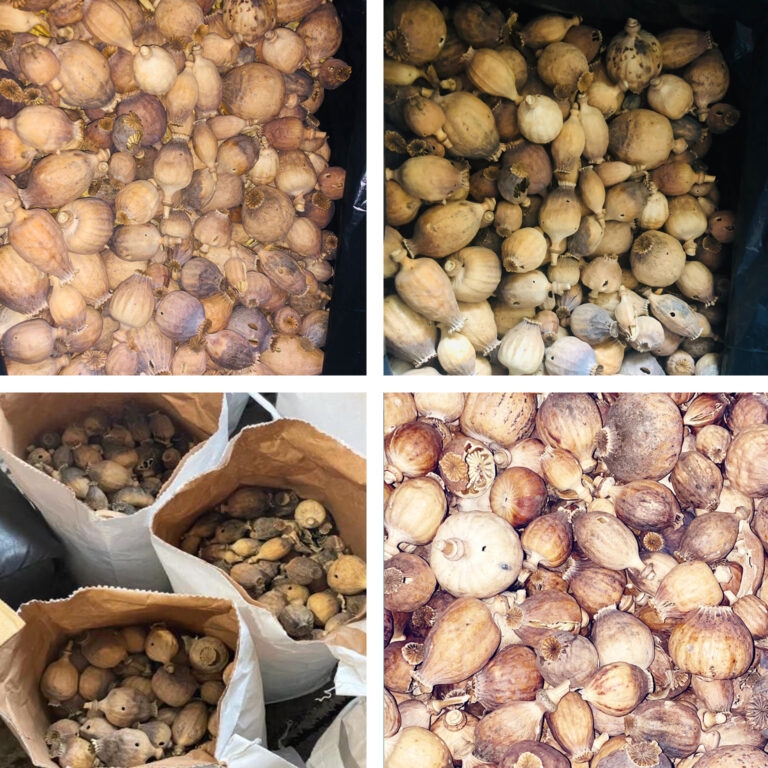
The Beauty and Uses of Dried Poppies
Dried poppies have long held a special place in both cultural symbolism and practical application. These elegant, paper-thin flowers, once in full bloom, transition into delicate, ornamental seed pods that maintain their form and charm well beyond their growing season. With their muted earthy colors and iconic shapes, dried poppies are valued in floral arrangements, crafts, and even herbal traditions.
Poppies, especially the Papaver somniferum variety, are often grown for their vibrant blooms and later harvested for their distinctive seed heads. Once the petals fall, the seed pod remains — a globe-like capsule topped with a crown-like disc. When dried, these pods develop a woody texture and a rustic, dusty hue ranging from pale green to brown or gray. They are a staple in dried flower arrangements, offering structure and visual interest with their unique silhouette.
In home décor, dried poppies have become a trend in natural and sustainable styling. Interior designers often incorporate them into minimalist or bohemian aesthetics, combining them with grasses, seed heads, and other preserved botanicals. Their subtle tones pair beautifully with neutral palettes, while their architectural form adds depth and contrast. Unlike fresh flowers, dried poppies require no maintenance and can last for months or even years when kept in dry, cool environments away from direct sunlight.
Crafters also appreciate dried poppies for their versatility. They are frequently used in wreaths, potpourri, and botanical art. The pods can be painted, gilded, or left natural, depending on the desired effect. Some artists incorporate them into mixed-media projects or use them to create natural prints by applying ink or paint to the seed heads and pressing them onto paper.
Beyond their aesthetic and craft uses, dried poppies carry historical and symbolic significance. In many cultures, poppies are associated with remembrance and peace, particularly in relation to World War I. The red poppy became a symbol of commemoration for fallen soldiers, and while dried poppies may not display the vivid color of their fresh counterparts, they still evoke a solemn beauty that makes them fitting for memorial displays or contemplative spaces.
It is important to note that certain varieties of poppies, such as the opium poppy, are regulated in many countries due to their potential use in narcotic production. While dried poppy pods are sometimes sold for ornamental or culinary purposes — such as in baking with poppy seeds — individuals should be aware of their local laws and regulations before cultivating or purchasing them.
Whether used in home decoration, artistic expression, or traditional symbolism, dried poppies offer a timeless charm that bridges nature and design. They serve as a reminder of the cycles of growth and decay, offering beauty even in their final, preserved form. For those who appreciate natural elegance and enduring floral accents, dried poppies remain a captivating and meaningful choice.
